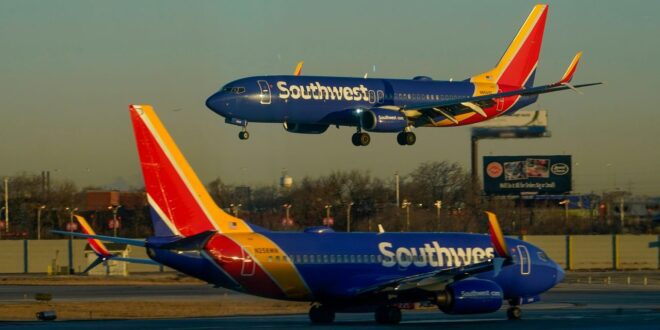Airlines Are Going Through Business Travel Detox
As the COVID-19 pandemic continues to wreak havoc on the airline industry, airlines are taking this opportunity to rethink their approach to business travel. With a sharp decline in business travel due to travel restrictions and companies cutting back on expenses, airlines are now focusing on finding new revenue streams and optimizing their operations.
The Impact of COVID-19 on Business Travel
Since the outbreak of the pandemic, there has been a significant drop in business travel globally. Companies have been forced to cancel or postpone trips, meetings, and conferences, opting for virtual alternatives instead. With travel restrictions in place, borders closed, and quarantine measures imposed, business travelers have had no choice but to stay put.
This decline in business travel has resulted in millions of dollars in lost revenue for the airline industry. According to the International Air Transport Association (IATA), global air traffic in 2020 was down by 66% compared to the previous year. This has prompted airlines to reevaluate their strategies and adapt to the changing landscape.
Opportunities for Airlines to Diversify
With traditional business travel experiencing a downturn, airlines are exploring new opportunities to generate revenue. One area of focus has been exploring the potential of leisure travel. As more people are eager to travel for leisure once restrictions are lifted, airlines are shifting their attention to cater to this growing demand.
Several airlines have started offering vacation packages and partnering with hotels and resorts to provide a complete travel experience. This allows them to tap into the leisure travel market, providing customers with a one-stop-shop for all their travel needs. By diversifying their offerings, airlines can reduce their reliance on business travel and ensure a more stable revenue stream.
Optimizing Operations for Efficiency
As airlines adapt to the new normal, they are also focusing on optimizing their operations. This includes streamlining processes and cutting costs wherever possible. With fewer flights and lower passenger loads, airlines are looking for ways to maximize efficiency.
One approach has been to reevaluate routes and eliminate underperforming ones. By focusing on high-demand routes, airlines can maximize passenger load factors and reduce operating costs. This also allows them to reallocate resources to areas of increased demand, such as cargo transportation.
Airlines are also investing in technology to enhance the customer experience and increase operational efficiency. From touchless check-ins to advanced analytics for predictive maintenance, technology plays a crucial role in helping airlines adapt to the changing landscape.
The Road to Recovery
While the travel industry is still grappling with the effects of the pandemic, there is hope on the horizon. With the ongoing vaccination efforts and easing of travel restrictions, the demand for travel is expected to gradually pick up.
Airlines are cautiously optimistic about the recovery of business travel, although it may take some time. As companies start to resume normal operations and invest in business travel once again, airlines need to be ready to meet the demand. This means continuously adapting their strategies and offerings to cater to the evolving needs of business travelers.
Despite the challenges posed by the pandemic, airlines are determined to come out stronger on the other side. By diversifying their revenue streams, optimizing operations, and staying resilient, airlines are positioning themselves for a successful recovery.
 Mind Uncharted Explore. Discover. Learn.
Mind Uncharted Explore. Discover. Learn.


